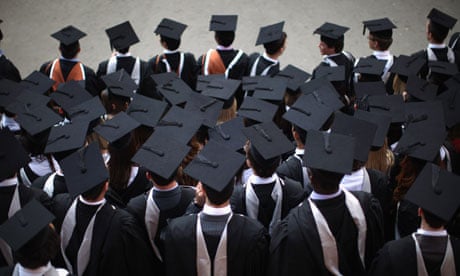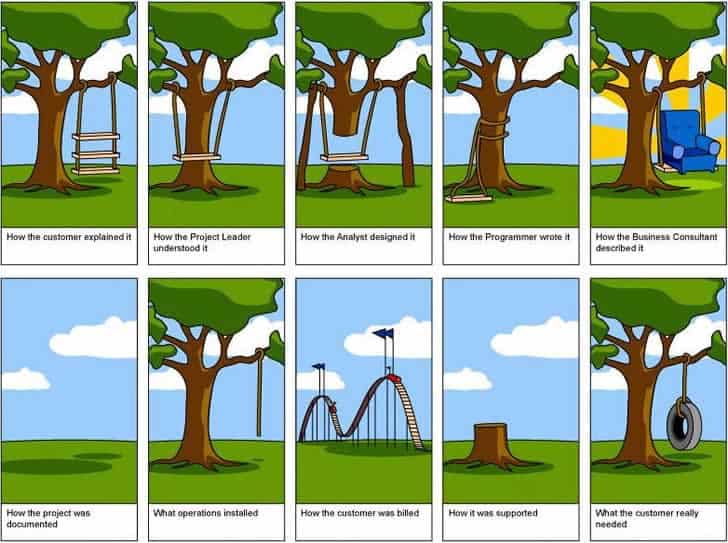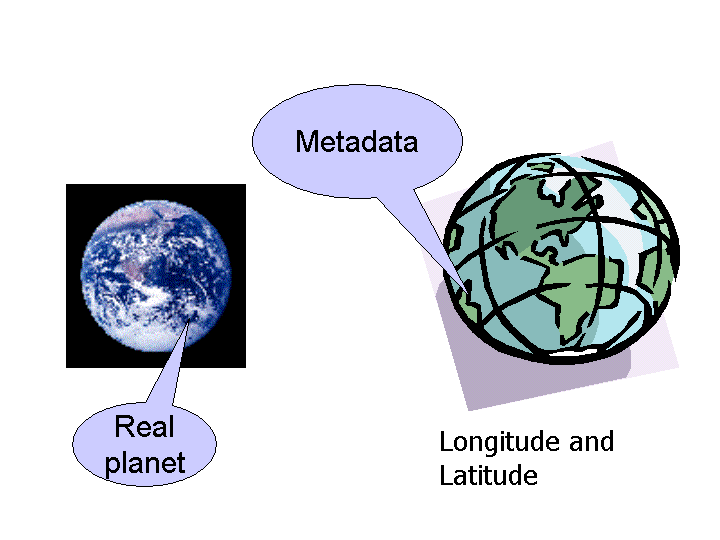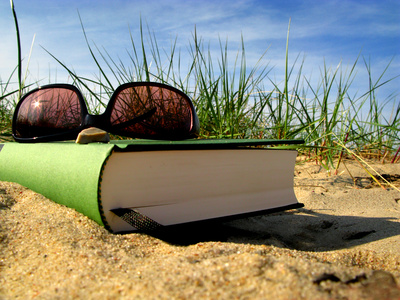ETL 505 Information Resource Description - Critical Reflection
On
commencing this unit I had little knowledge of Resource Description and Access
(RDA) and a
limited understanding of subject heading and Dewey Decimal Classification (DDC)
number construction. Along with expanding
my understanding of these and their relevance to teacher-librarians, this subject deepened my understanding
of information resource description and the tools and systems employed to
ensure effective information access. One important understanding gained was the
interplay between resource description, standards and the application of
subject classification schemes such as DDC and the fundamental way in which
these must link to the user.
Svenonius
(2000, p. 18) argues the aim of bibliographic systems is to find, collocate,
chose, acquire or navigate information. This unit highlighted the way bibliographic
systems rely on information being described and recorded to provide access to information and connected
this with the role that standards and metadata play in facilitating user access.
The user as
a central consideration to information resource description was further reinforced
through exploring how the principles of Functional Requirements of Bibliographic
Records (IFLA, 1998) apply to standards such as RDA. Likewise, examining the use of standardised vocabularies through developing
subject headings according to School Cataloguing Information Services (SCIS) Standards
(ESA, 2013), highlighted how the needs of school libraries influence this
process. A point further emphasised
through examining the building of DDC numbers for resources and modifications
applied by SCIS to suit the school library environment.
Along
with user consideration, the application of information resource description standards
was a recurring theme throughout the unit. Oliver (2010, p. 6)
argues metadata standards
ensure interoperability, resource sharing, and seamless metadata exchange highlighting
how standards help
provide structure to information organisation and access. Witten & Bainbridge (2010, p. 329) suggest
standards such as name authority control and subject authority control improve
user experiences thereby linking standards to users and emphasising the importance of
metadata to library systems.
While metadata and vocabularies are currently
fundamental to our library systems, consideration must be given to the impact
of future and changing technologies. While content-based retrieval and social
metadata have appeal, the primary role of school libraries is to support school
curriculum and, as Mitchell (2013) suggests, school users have specific
literacy and maturity considerations. As Hider, (2012, p.188) argues, metadata schema such as RDA and
vocabularies provide structures that support collection navigation and
information seeking in ways that content-based retrieval and folksonomies
cannot.
This does
not preclude these advances, but reinforces the need to consider the user and
the information context. Perhaps of key importance to the school library is the
user interface which links to the metadata underpinning it. Thus, customisation and smart searching along
with the integration of features such as faceted navigation, hierarchical
rankings or the inclusion of social metadata (Yang & Hoffman, 2010) can
supplement traditional catalogues as additional layers.
This unit challenged and extended me while also allowing me to
appreciate that quality resource description, the application of standards and
consideration of the end user is central to information resource description and
ultimately, effective information access and retrieval. It also highlighted
that to maintain
relevance, school libraries must consider their information context and modify the
systems and tools they utilise to best serve the needs of their users in
providing effective access to information.
References
American
Library Association, Canadian Library Association, and CLIP: chartered
Institute of Library and Information Professionals. (2010). RDA toolkit. Retrieved 18 August, 2014 from Charles Sturt
University website http://access.rdatoolkit.org.ezproxy.csu.edu.au/
Education
Services Australia Ltd. (2013). SCIS
Standards for cataloguing and data entry.
Hider, P. (2012). Information resource description: Creating and managing metadata.
London: Facet publishing.
International Federation of Library
Associations and Institutions (IFLA) (1998).
Functional requirements for bibliographic records: Final report. Munich: K.G. Saur Verla.
Retrieved 13 August, 2014
http://www.ifla.org/publications/functional-requirements-for-bibliographic-records
Mitchell, P. (2013) The future of the
school library catalogue. In Connections
(87). Retrieved 7 October 2014, from http://www2.curriculum.edu.au/scis/connections/issue_87/articles/the_future_of_the_school_library_catalogue.html
Oliver, C. (2010). Introducing RDA: A guide to the basics. Chicago:
American Library Association. Retrieved Charles Sturt University website http://reader.eblib.com.ezproxy.csu.edu.au/(S(v0qmdssxqgrljvpntn1f132j))/Reader.aspx?p=675845&o=476&u=sa3s6x%2b4liO1HCmUZhGeKA%3d%3d&t=1408776351&h=5A5E92A424963CEE08267B9CC8F870B3D86CA36C&s=25775206&ut=1443&pg=21&r=img&c=-1&pat=n&cms=-1
Svenonius, E. (2000). The intellectual foundation of information organisation. Cambridge,
Mass.: MIT Press
Witten, I.H, & Bainbridge, D. (2010). How to build a digital library. Burlington, MA: Morgan Kaufmann
Yang, S.,
& Hoffman, M. (2010). The next generation library catalog: A comparative study
of the OPACs of Koha, Evergreen, and Voyager. In Information Technology and Libraries, September, 2010. Retrieved 9 October,
2014 http://ejournals.bc.edu/ojs/index.php/ital/article/viewFile/3139/2753



















